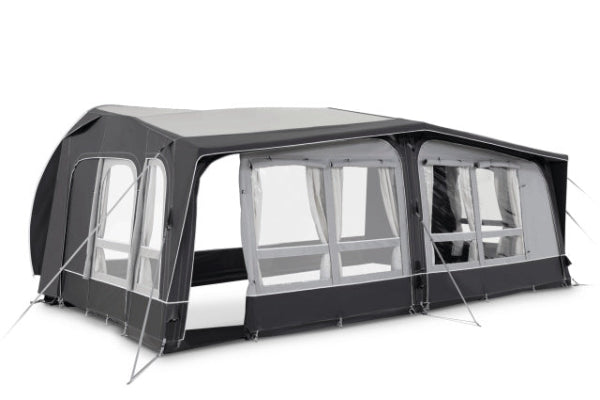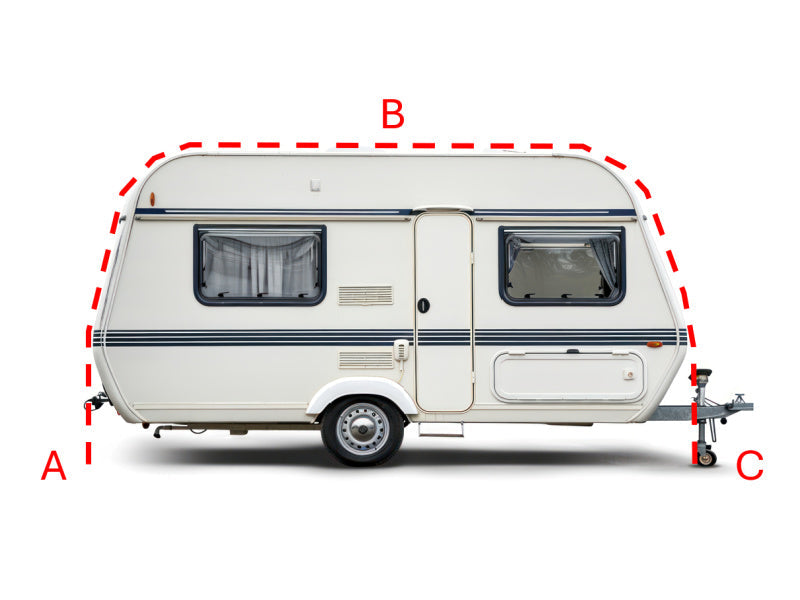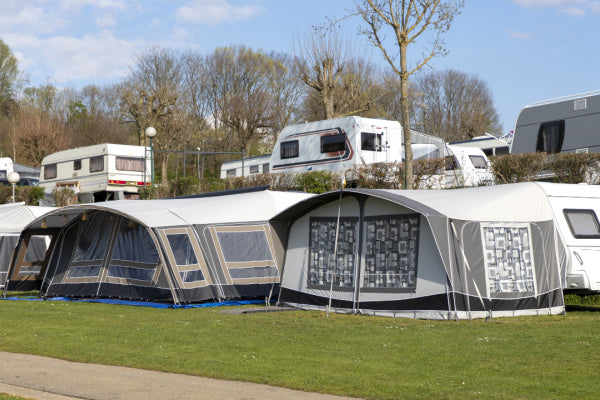Bluetti vs Jackery: Find the Perfect Portable Power Solution
Camping, blackouts, or charging your blender at a rave — portable power stations save the day. Short answer? Bluetti’s beefier, Jackery’s lighter. But which one’s actually right for you? Keep reading for a no-fluff, side-by-side on price, performance, and why watts matter more than looks.
Bluetti vs Jackery Quick Comparison : Key Philosophies
Choosing between Bluetti and Jackery means picking between two solid but different approaches to portable power. Each brand offers dependable performance, but they excel in different areas.

Bluetti: Power, Longevity, and Versatility
Bluetti provides larger capacities, faster charging, and long-lasting LiFePO₄ batteries. It’s ideal for those needing reliable power over extended periods.
If you’re heading off-grid or want future-proof gear, Bluetti is a strong pick. It’s built to take on heavier tasks with ease.
Jackery: Portability, Simplicity, and Ease of Use
Jackery focuses on sleek, lightweight designs and user-friendly operation. It's made for travellers and outdoor enthusiasts who want portable power without the hassle.
For quick weekend trips or simple charging needs, Jackery keeps it effortless. It’s a grab-and-go solution.
A Head-to-Head Technical Breakdown
Battery Technology and Lifespan: The Critical Difference
Battery Chemistry: Bluetti’s LiFePO₄ vs. Jackery’s NCM (Lithium-ion)
Bluetti typically uses LiFePO₄ batteries, which are known for their stability and extended lifespan, Jackery used NCM in earlier models, but newer models like the 2000 Plus and 1500 Pro now use LiFePO₄ too, offering longer lifespans (up to 4,000 cycles to 70–80%).
LiFePO₄ batteries also perform better in high-demand or extreme environments. This gives Bluetti the upper hand in terms of durability.
Charge Cycles and Long-Term Value
Bluetti’s LiFePO₄ batteries often support 3,500+ cycles to 80% capacity. Jackery’s newer LiFePO₄ models now offer similar lifespan (up to 4,000 cycles to 70–80%), so this gap is closing.
Safety and Durability Considerations
Bluetti’s use of LiFePO₄ and integrated thermal protections make it ideal for rougher conditions. Its systems are designed for safety and endurance.
Jackery still offers reliable safety, but its focus is more on portability than ruggedness.
Power Output, Capacity, and Expandability
Continuous and Surge Power: What Can You Actually Run?
Bluetti handles higher surge power, making it suitable for powering demanding devices like fridges, power tools, or small appliances.
Jackery does fine with laptops, lights, and phones — but may struggle with high-startup equipment.
Model Range and Capacity Options (Wh)
Bluetti offers larger models like the AC200P (2048Wh), while Jackery sticks to more portable mid-range units such as the Explorer 1000 (1002Wh) and Explorer 240.
The range reflects each brand’s priorities: power vs. portability.

Expandable Batteries: A Key Bluetti Advantage
One major benefit of Bluetti is expandability. Some models let you connect additional batteries to increase capacity.
Jackery currently doesn’t offer this, which limits flexibility for users with growing energy needs.
Charging Speed and Solar Integration
AC Wall Charging Performance: The Speed Factor
The AC200P takes around 2.5 hours to charge to 80% from AC alone (with dual input). Bluetti’s newer models like the AC200MAX or AC180 offer faster charging (1.3–1.7 hours).
Jackery supports fast charging too, but typically takes longer.
Solar Input and Efficiency (MPPT Controllers)
While Bluetti generally includes MPPT and MC4 compatibility (giving flexibility and efficiency), newer Jackery models like the Explorer 2000 Plus also include MPPT controllers and can handle up to 1,400W solar input—a major leap from earlier proprietary-only setups.
Solar Panel Connectors: Bluetti's MC4 vs. Jackery's Proprietary Plugs
Bluetti uses standard MC4 connectors, allowing compatibility with third-party solar panels. Jackery opts for proprietary plugs, which simplify setup but limit flexibility.
If you’re investing in a solar setup, Bluetti gives you more options.
Design, Portability, and Features
Weight and Dimensions: The Portability Trade-off
Jackery wins on portability. For example, the Explorer 240 weighs only 3.6kg, while Bluetti’s EB3A comes in at 4.6kg.
Larger Bluetti models include handles and even wheels, but still weigh more. It's a classic trade-off: weight for capacity.
Outlet and Port Selection (AC, USB-A, USB-C, Wireless)
Both brands provide a good mix of ports. Bluetti usually includes more advanced options like USB-C, wireless charging, and more AC sockets.
Jackery keeps things simple, with all essential outputs in a tidy layout.
Build Quality and Onboard Display
Both Bluetti and Jackery are built to last. Their enclosures feel sturdy, and displays are bright and clear.
Bluetti often shows more detailed readouts, which is useful for users who like precise tracking of input/output stats.
Smart Features: The Role of the Bluetti App
Bluetti offers mobile app connectivity for remote control and monitoring. This adds a smart, modern layer to power management.
As of 2024, Jackery’s newer models like the 2000 Plus and 1500 Pro support app connectivity via Bluetooth and Wi-Fi.

Who Should Buy Bluetti and Who Should Buy Jackery?
Common Use Cases and Recommendations
For Weekend Campers and Recreational Users
Jackery is perfect for quick getaways. It’s lightweight, simple, and powerful enough for essentials like phones, cameras, and lights.
It won’t weigh you down or complicate your trip.
For RV Life and Overlanding
Bluetti is the better choice. It offers long-lasting power, solar expandability, and better off-grid capability — all crucial for mobile living.
Its larger capacity means fewer worries about running out of juice on the road.
For Emergency Home Backup
Bluetti’s fast recharge and high capacity make it more suitable for home use during power outages.
It can handle fridges, Wi-Fi routers, and essential lighting longer than Jackery.
For Powering High-Demand Tools and Appliances
Bluetti stands out again. It delivers higher surge and continuous output, giving it the edge for workshop tools, medical devices, or high-powered gear.
Jackery is better suited to lower-demand, everyday electronics.
Other content you might like:
- Bluetti Vs Goal Zero
- Bluetti Ac180p Vs Ac180
- Bluetti Ac200p Vs Ac200max
- Bluetti Ep500 Vs Ep500pro
- Bluetti Ac70 Vs Ecoflow River 2 Pro
- Bluetti Vs Anker





Leave a comment